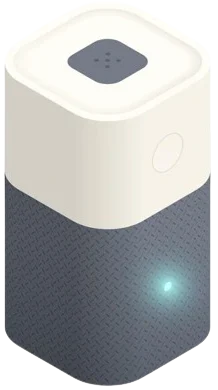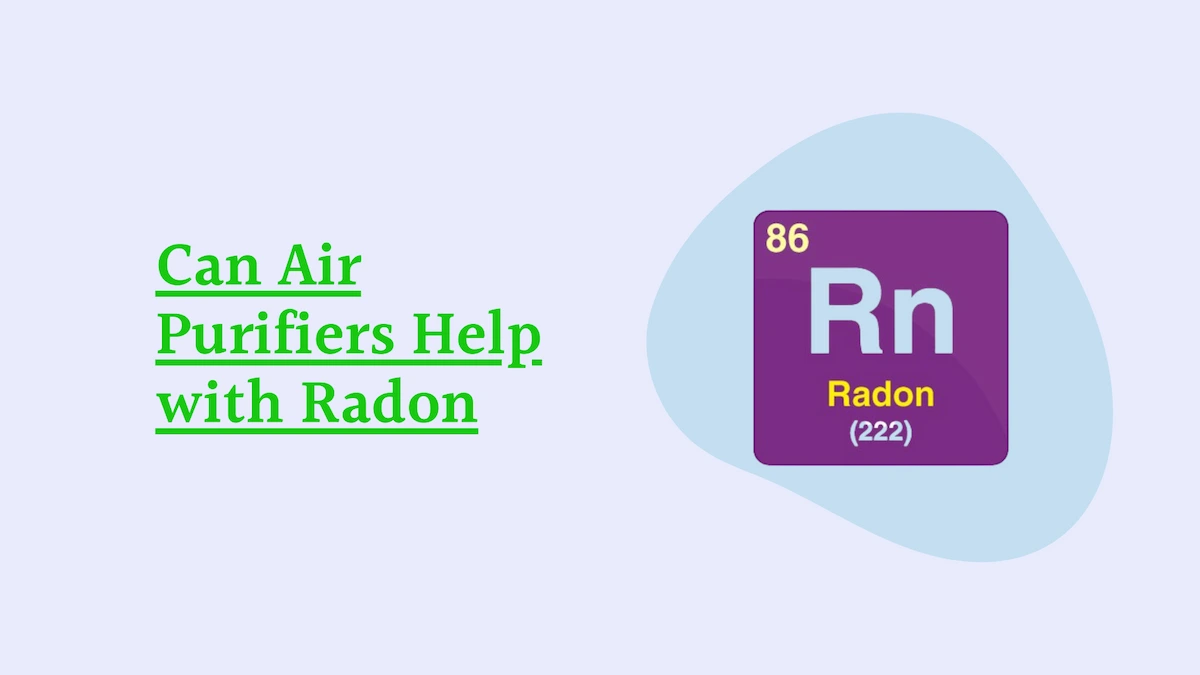The presence of radon in our homes is an ongoing concern, as it remains the second leading cause of lung cancer in the United States. Understandably, homeowners and health-conscious individuals are on the lookout for effective methods of minimizing this insidious gas in their living spaces. Air purifiers have emerged as a widely discussed tool for radon mitigation, promising to enhance indoor air quality and potentially protect against the detrimental effects of radon exposure. In this comprehensive guide, we will unravel the science behind air purifiers and their capability in battling radon, helping you make informed choices for a healthier home.
Understanding Radon
Radon is an invisible, odorless, and flavorless radioactive gas that naturally exists in the environment. It is produced from the breakdown of uranium in soil, rock, and water that eventually finds its way into the air we breathe. The primary source of radon in a home is the soil surrounding and under the building.
Health Risks Associated with Radon Exposure
Exposure to radon is a serious health risk and a significant cause of lung cancer. Yearly, about 21,000 lung cancer deaths can be attributed to radon, making it a larger threat than carbon monoxide or other environmental pollutants. Smokers and former smokers are at even greater risk, as the combined effects of radon exposure and smoking can increase the risk of lung cancer significantly.
Air Purifiers and Radon Mitigation
The concept of using air purifiers to mitigate radon is founded on their ability to filter and clean the air. Air purifiers, equipped with various filtering technologies, can potentially trap radon particles, allowing for a reduction in overall indoor radon levels.
Effectiveness of Air Purifiers in Removing Radon Particles
There’s a consensus among experts that high-efficiency particulate air (HEPA) filters, which are a staple in air purifiers, can effectively capture radon decay particles. However, the effectiveness of air purifiers as the sole solution for radon mitigation can vary based on several factors, including the type of purifier, the home’s ventilation system, and the initial radon levels.
Choosing the Right Air Purifier
Selecting the right air purifier for radon mitigation requires careful consideration of various factors. Here’s a breakdown of what to look for:
Factors to Consider
- CADR Ratings: Look for air purifiers with higher Clean Air Delivery Rate (CADR) ratings, which indicate the volume of clean air produced.
- HEPA Filters: Ensure the air purifier is equipped with a high-grade HEPA filter, known for its ability to capture particles as small as 0.3 microns.
- Fan Speeds and Coverage: Consider the area you need to cover and the fan speeds required to keep radon levels down.
Types of Air Purifiers Suitable for Radon
Several types of air purifiers are effective at removing radon particles from indoor air:
- HEPA Filtration Systems: These come with HEPA filters that can capture most radon decay particles.
- Activated Carbon Filters: They are useful in adsorbing gas particles like radon, though should be used in conjunction with HEPA filters for smaller particles.
- UVGI Systems: These use ultraviolet germicidal irradiation to kill biological contaminants in the air, but can also affect radon particles.
Benefits of Using Air Purifiers for Radon
Employing air purifiers as part of your radon mitigation strategy yields several benefits, including:
Improved Indoor Air Quality (IAQ)
Air purifiers enhance the quality of the air in your living spaces, not just by reducing radon but by also filtering out other allergens, dust, and pollutants that can jeopardize respiratory health.
Potential Health Benefits
Reducing radon levels can lead to lower health risks associated with lung cancer, particularly for those who smoke or have previously smoked.
Peace of Mind for Homeowners
Knowing that you have a proactive approach to indoor air quality and radon risk management can provide reassurance and a sense of control over your home environment.
Conclusion
While air purifiers can be a valuable part of your overall radon mitigation strategy, it’s essential to approach the issue holistically. This means testing your home for radon, ensuring proper ventilation, sealing cracks in the foundation, and considering other radon mitigation methods alongside air purification. For those living in radon-prone areas or those who prefer a belt-and-braces approach to their health, investing in a high-quality air purifier is a solid step in creating a safe haven with breathable, radon-reduced air.
In conclusion, the role of air purifiers in the fight against radon is not to be underestimated. By choosing the right model and integrating it into your living space, you could significantly lower your risk of radon-related health issues. With continued awareness, testing, and proactive mitigation efforts, we have the collective ability to reduce radon’s impact on our health and well-being, one breath at a time.
Fausto Bhangi, the creator of Iniciar Sesion, has been delving into air purifiers and indoor air quality since 2019. As our chief tester, he oversees all the evaluations we conduct on air quality products. Hence, you’ll consistently find his name associated with our reviews.

